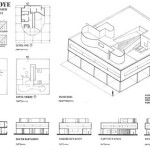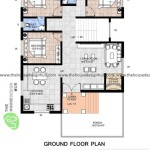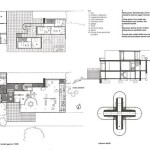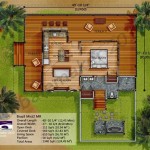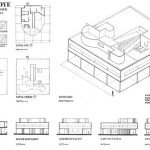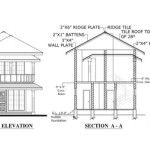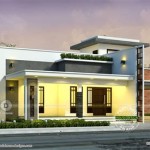Essential Aspects of Timber Frame House Plans
Timber frame houses have gained immense popularity due to their unique charm, durability, and energy efficiency. Creating a well-designed timber frame house plan is crucial to ensure a successful and satisfying build. Here are some essential aspects to consider:
1. Types of Timber Frame Houses
There are two primary types of timber frame houses: post-and-beam and platform frames. Post-and-beam houses feature large, exposed beams that support the structure, creating a rustic and spacious interior. Platform frames, on the other hand, have smaller, concealed framing members, resulting in a more conventional appearance.
2. Choosing the Right Wood Species
The choice of wood species for the frame is essential. Douglas fir, oak, and yellow pine are commonly used for their strength and durability. Consider the climate and building codes to determine the most suitable species for your location.
3. Roof Design
The roof design significantly impacts the overall appearance and energy efficiency of your timber frame house. Factors such as the pitch, type, and materials used should be carefully considered. Steep roofs with durable materials like metal or slate provide excellent protection from the elements.
4. Insulation and Energy Efficiency
Timber frame houses can be highly energy-efficient through proper insulation. Fill the cavities between the frame members with rigid or spray foam insulation. Consider using energy-efficient windows and doors, and incorporating passive solar design to minimize heating and cooling costs.
5. Exterior Finishes
The exterior finish of your timber frame house will protect the wood and enhance its aesthetic appeal. Common options include siding, such as clapboard, shiplap, or log siding, as well as stucco, stone, or brick veneer. Choose materials that complement the architectural style and withstand the local climate.
6. Floor Plans and Layout
The floor plan and layout of your timber frame house should align with your lifestyle and needs. Consider the number of bedrooms, bathrooms, and other spaces required. Open floor plans with high ceilings create a spacious and inviting atmosphere, while smaller, more intimate rooms provide a cozy feel.
7. Structural Engineering
Timber frame houses require careful structural engineering to ensure stability and safety. Hire an experienced engineer who specializes in timber framing to design the structure, calculate loads, and determine the appropriate size and spacing of the framing members.
8. Building Codes and Permits
Before starting construction, it is imperative to familiarize yourself with the building codes and permit requirements in your area. Obtain the necessary permits and ensure that your plans comply with local regulations. This will ensure that your timber frame house meets safety and building standards.
9. Hiring a Contractor
If you lack experience in timber framing, consider hiring a reputable contractor who specializes in this type of construction. They will have the expertise and resources to execute the project efficiently and safely.
10. Maintenance and Durability
Proper maintenance is essential to preserving the longevity of your timber frame house. Regularly inspect the wood for any signs of damage or decay, and address any issues promptly. Clean and stain the exterior surfaces as per the manufacturer's recommendations to protect the wood from moisture and pests.

Timber Frame House Plan Design With Photos
Timber Frame Home Plans Designs By Hamill Creek Homes

Timber Frame Designs Floor Plans Timberbuilt

Timber Frame Designs Floor Plans Timberbuilt

Timber Frame Kits Home Builders

Cabin Plans Timber Frame Hq

Timber Frame Straw Bale House Design The Year Of Mud

Our Small Timber Frame House Plans

Prefab Home Packages From Tamlin Timberframe Homes

Timber Frame Homes Timberhaven Log

